A defining element of a successful Super Bowl halftime show is adhering to the saying, “The bigger, the better,” to surpass the previous year’s performance and please the audience. The purpose of the halftime show is to provide entertainment, not to advocate for change. This changed on the night of February 9, 2025, with the eye-opening performance of Kendrick Lamar—also known as the televised start of revolution.
Many missed or couldn’t fully grasp the key details that contributed to the significance of the performance. This article will break down and explain Kendrick Lamar’s halftime show performance and its impact from start to finish.
The Show Set
Art director Shelly Rogers told Wired that a PlayStation controller inspired the set of the iconic performance. “I think the (video game theme) was symbolic, his way to reach young people,” Rodgers stated. “A lot of it is showing his journey, traveling through the American dream.”
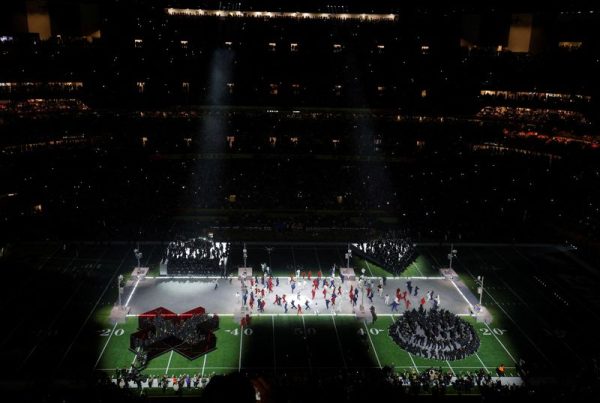
Uncle Sam
Samuel L. Jackson played the part of Uncle Sam which caught many off guard because Uncle Sam, the personification of America, has always been depicted as a white man. By casting Jackson, a legendary actor with a history of playing strong, authoritative roles, Kendrick made a statement about power dynamics in America. Jackson’s portrayal highlighted themes of systemic oppression, the American Dream versus reality, and the struggle for Black liberation within a system that often exploits its people.
Uncle Sam opens by introducing himself and exclaiming, “…this is the great American game.” While many might interpret this as a reference to the American game of football, on a deeper level, he could be opening a conversation about social structure and capitalism. In this we could assume that Kendrick’s role is a performer. He is there to entertain the people.
The Setlist
When an artist is announced to perform at the Super Bowl, one of the first things people think is: “What song are they going to open with?”
It needs to be popular and energize those watching. A prime example of this is Beyoncé’s 2013 Super Bowl performance, where she opened with “Crazy in Love,” a widely known and loved song.
Kendrick didn’t do this. Instead, he chose to open with a song that his true fans would know, but the average listener might not, the song Bodies.
This is a song that expresses how, in America, people become mere “bodies,” just statistics in the face of larger social and political forces.
Kendrick states, “The revolution about to be televised, you picked the right time but the wrong guy.” This can be interpreted as a commentary on the socio-political climate and his own position within it. He addresses how, although society (or the system) may have selected the perfect moment for change or action, the people in power or those controlling the narrative might not be the right ones to bring about that change.
The line also reflects his perspective on being a truth-teller at a time when society needs it most, but not necessarily being embraced by the mainstream power structures. It’s a powerful critique of the system that often fails to acknowledge the right leaders or perspectives during pivotal moments.
He then transitions to Squabble Up, a song that pays homage to West Coast hip-hop, which heavily influenced this performance.
Uncle Sam interrupts and refers to the performance as “too loud, too reckless, too ghetto,” all terms historically used to stereotype and demean African Americans.
Kendrick then transitions into HUMBLE, a song about not elevating oneself too highly and ultimately staying grounded. It is his way of saying, “He needs to sit down and play by the rules.”
This leads into another song transition to DNA., a track that celebrates Black culture and identity, serves as a commentary on systemic issues, and explores themes of power.
“Warning Wrong Way” can be seen in the crowd, a term used when someone isn’t going in the proper or intended direction that the game wants them to. This symbolizes that Kendrick isn’t performing in the way those controlling the narrative expected or wanted.
This is also Kendrick’s way of saying that he believes that America is moving in the wrong direction.
Instead of turning around and heading the “right way,” Kendrick and his dancer all march in the “wrong” direction.
He then plays Man at the Garden, a song about internal conflict. It can be seen as the opposite side of the coin to HUMBLE., exploring the tension between humility and self-assertion.
At the opening of this song, you can see a man resting on top of a streetlight. His shadow is interpreted as a representation of the tarot card “The Hanged Man,” symbolizing a period of suspension, reflection, and a shift in perspective. Kendrick presents the idea that we are in a period of change, and soon, the inevitable will happen, whether in favor of the people or not.
This visual is also a jab at the racial injustice of lynching and its lasting cultural impacts.
The song is interrupted by Sam, who says, “You brought your homeboys with you, the old culture cheat code, scorekeeper deduct one life.” The “old culture cheat code” refers to loyalty within street gangs, highlighting how they would create shortcuts and secret strategies to protect their members and avoid pitfalls, such as law enforcement or rival confrontations. “Scorekeeper deduct one life” is a symbolic statement on how systems of power and oppression can reduce human life to a mere number or statistic, stripping away individual value and identity.
Kendrick then hints at wanting to perform Not Like Us because he knows it’s the song the people want, but he’s unsure if it’s worth the trouble. He decides to give himself more time. This could be seen as his mental process of deciding whether he wants to take a stand and spark change, knowing it might come with significant consequences.
SZA comes out, and they perform Luther and All the Stars. Afterward, Sam is finally pleased with his performance because it signaled a shift in tone and direction.
This song celebrated identity and beauty, while Kendrick’s earlier performance challenged systemic oppression and societal norms. SZA’s performance could have been seen as a reminder that even amidst societal struggles, there is space for joy, confidence, and cultural pride.
Kendrick then revisits the idea of playing Not Like Us. It’s a song about the separation often felt due to life experiences shared within the Black community. The track addresses the exploitation of African American culture and critiques the unjust dynamics in the music industry, highlighting how Black artists are often commodified, while their voices and struggles remain overlooked or misunderstood.
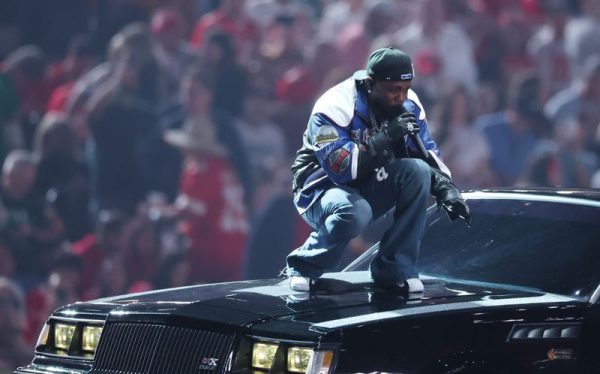
While Not Like Us is more well-known for the allegations against Drake, it could also be interpreted as a pointed reference to President Donald Trump, who was in attendance, who has faced multiple allegations and legal actions relating to sexual assault. By including such themes, Kendrick may be using the song to critique not just individual figures but the broader patterns of power, corruption, and injustice that permeate both the entertainment industry and politics.
Kendrick then states, “40 acres and a mule, this is bigger than the music,” referencing the historical promise made to freed slaves. The U.S. government pledged 40 acres and a mule to formerly enslaved people to help them establish themselves, but this promise was never fully fulfilled. Through this line, Kendrick is emphasizing that the performance is not just about music or a rap beef; it’s about addressing the real issues of racial inequality, historical oppression, and the unfulfilled promises that America has tried to bury. He wants everyone to realize that this is a call to confront the deeper, systemic problems that continue to affect marginalized communities.
Serena Williams‘ appearance during Kendrick Lamar’s Super Bowl LIX halftime show was a powerful and surprising moment. Her performance of the Crip Walk, which she had previously done during her 2012 Olympic victory celebration, was significant for a couple of reasons. Not only did it highlight her ties to Compton, California (where she and her sister Venus grew up), but it also sparked conversation due to the cultural symbolism of the dance move.
The final song in the set is TV Off, and during this song, Super Bowl halftime performer Zül-Qarnain Nantambu displayed a Sudanese-Palestinian flag before being detained. While this act wasn’t part of the planned performance, it was a brave decision made by the performer. This act aligns with the themes of the performance, emphasizing the risks and consequences faced by those who try to take a stand and speak out against injustice. It serves as a powerful statement about the struggle for freedom of expression and the cost of challenging oppressive systems.
At the end of TV Off, Kendrick Lamar turns off the TV by pantomiming a remote. This could be Kendrick’s way of saying, “Turn off your TV and make a change.” This interpretation makes sense, especially in an age dominated by the media. This also ties into the video game concept; Kendrick is telling people to stop playing by the rules of an unfair game and take control of their own narrative to create meaningful change.
Oftentimes, people talk about creating change but never take action to spark it. Kendrick is urging the audience to stop passively watching and actually do something.
This performance will go down in history not only as one of the most iconic half-time performances but also as the televised start of revolution.
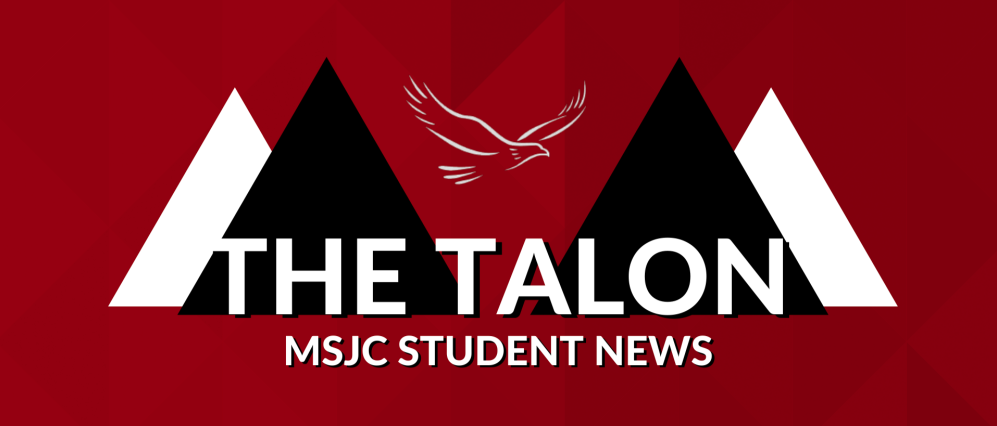
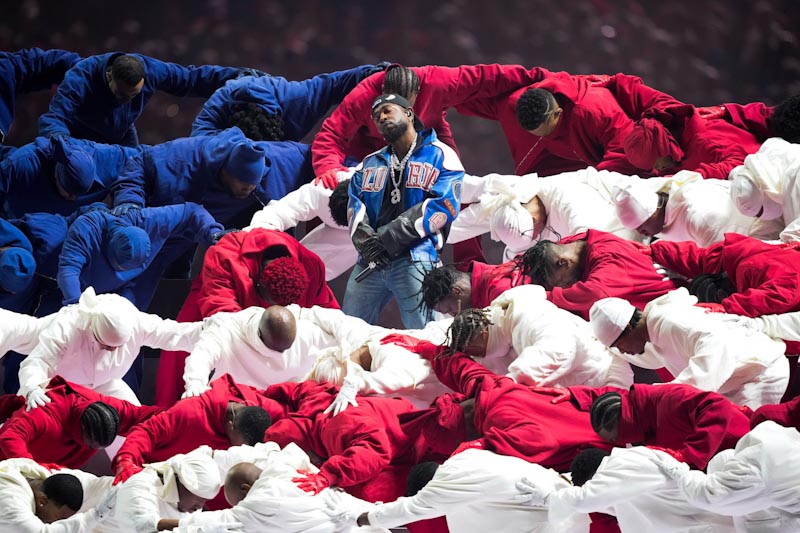


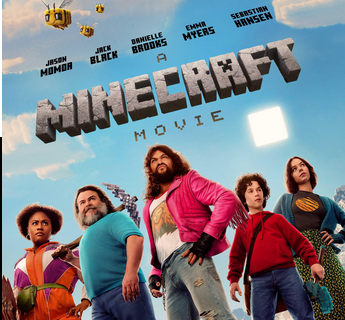
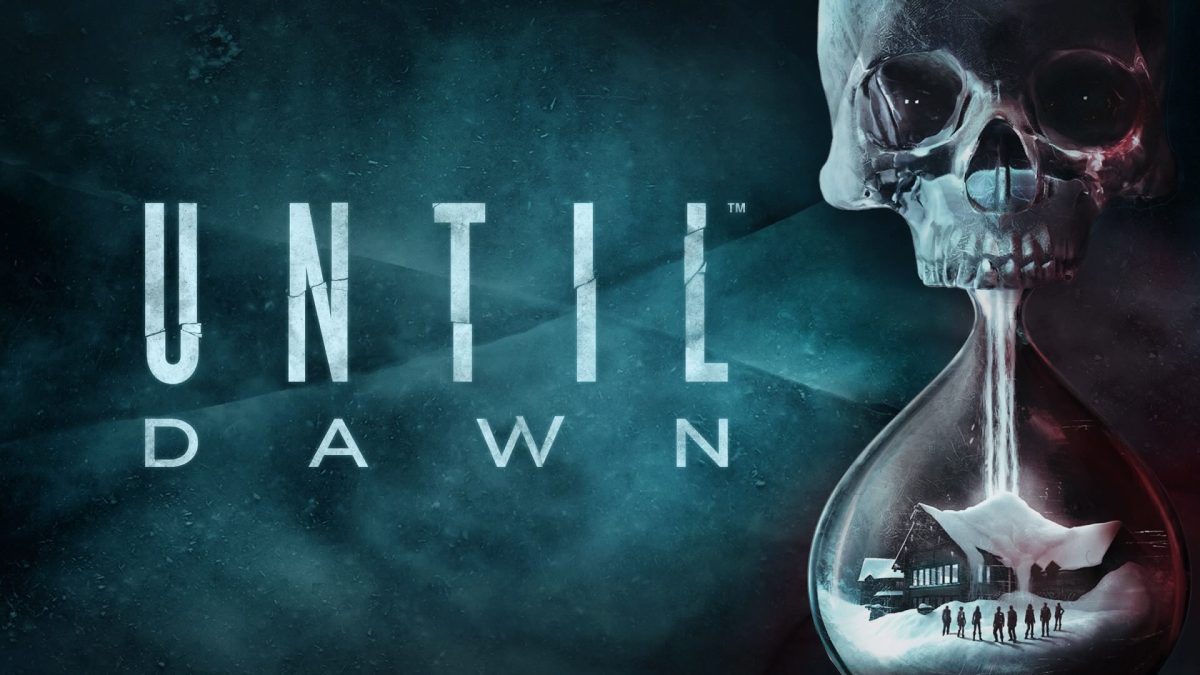
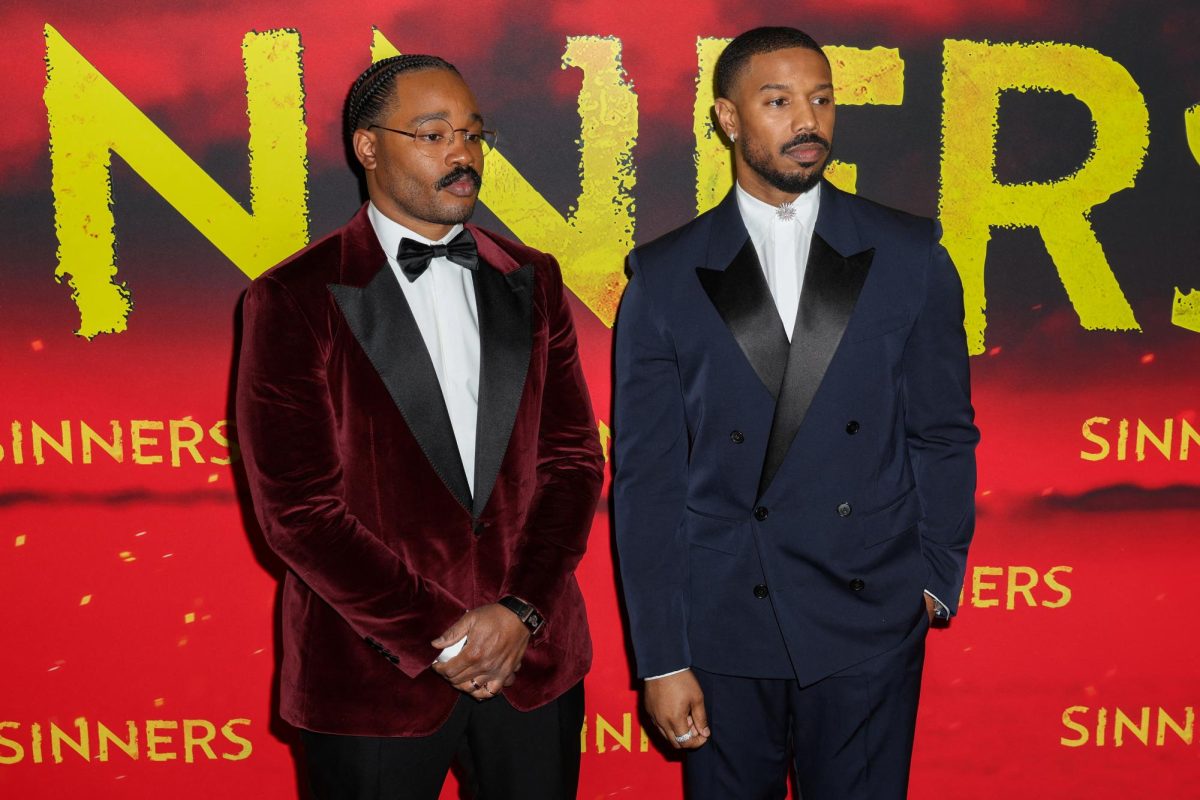

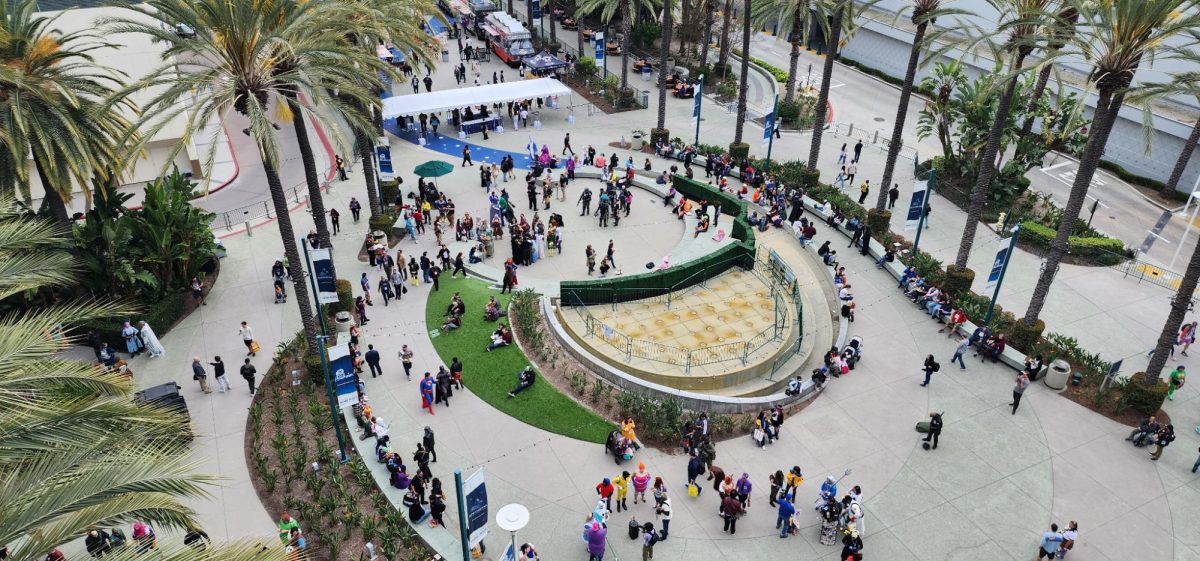
Dr. Rihan • Feb 14, 2025 at 10:46 am
Teyona, thank you for your eloquent writing! I applaud you for presenting a perspective that requires critical thinking and historical knowledge. Many people took this performance at face value without thinking much about it. Thank you for taking the time to research, analyze and share!